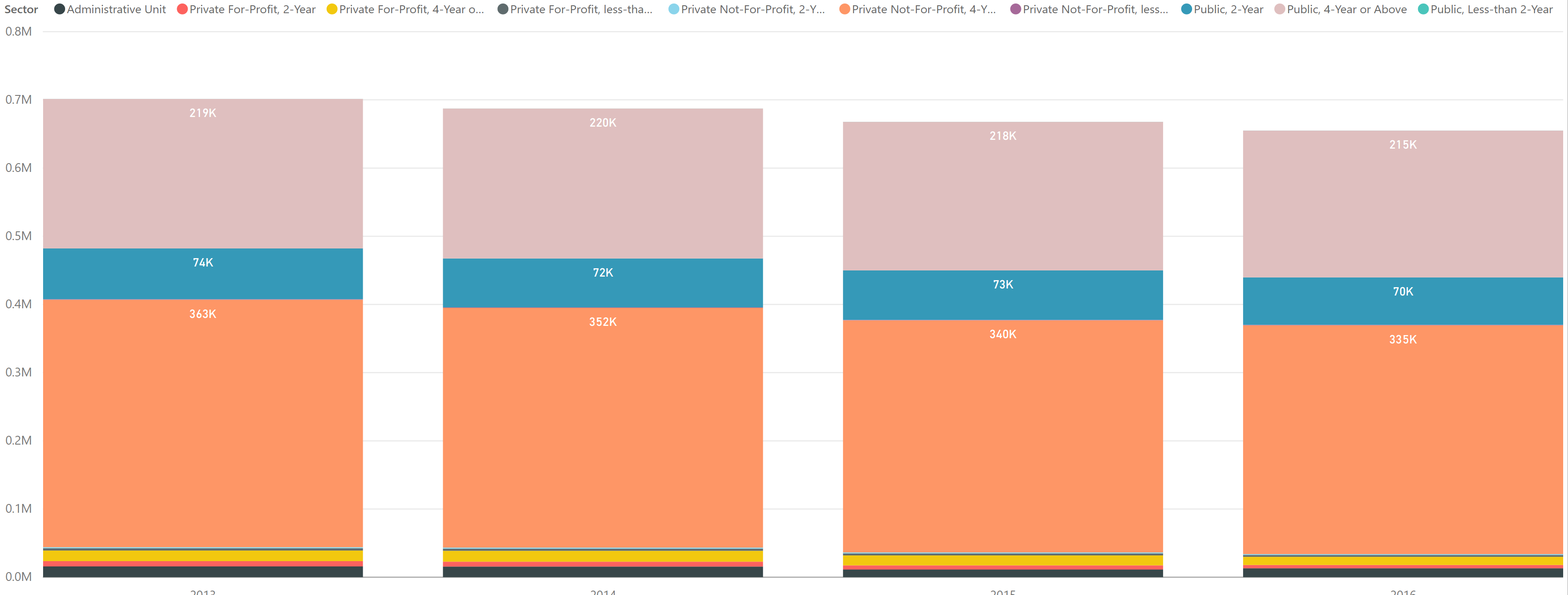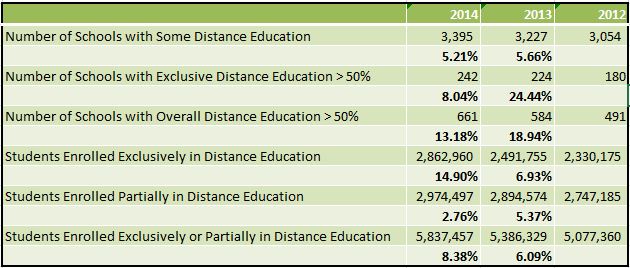One of my favorite movie lines of all time is from “The Outlaw Josey Wales” when Clint Eastwood says to the bounty hunter who is trying to hunt him down “Dying ain’t much of a living, boy”. For a trip down memory lane, you can see the clip by clicking here.
Degrees conferred are supposed to allow us to earn a living in our chosen field. Certain degrees are earmarked for specific occupations and therefore labeled as vocational or professional. These programs are more practitioner oriented and intended for a specific occupation. For example, a chemical engineer is probably not going to take a job as a marketing manager out of college. Other programs are meant to be a stepping stone to a larger career field. Further, these classifications can be very slippery and many degrees can be very broad in their application. My daughter got great training in mathematics, but turned out to be an operations manager.
As the country has turned its attention more and more to ensuring that degrees equip graduating students to earn a living, classifications of degrees for this purpose help to look at the issue holistically. Degrees are awarded based on the Classification of Instructional Program (CIP) code. Organizations have aggregated programs based on this CIP code such as the work done by the Indiana University for Postsecondary Research in the Carnegie Classifications of Institutions of Higher Education. A CIP categorization can be found here.

We compared the total degrees identified as either career/technical based on these groupings and compared it to the total of Associates and Certifications offered by institution. We also compared the degrees categorized as Professional and compared it to the total of Bachelor’s degrees. Approximately 42% of Associates or Certificates degrees were identified as career or technical, and approximately 56% of Bachelor’s degrees were identified as professional. In the aggregate, about half of degrees awarded provide practical training for a specific job. By clicking on this link, you can download a spreadsheet that will provide you with the total technical or professional degrees awarded by institution as compared to all other Associates, Certificates, or Bachelor’s degrees awarded.

